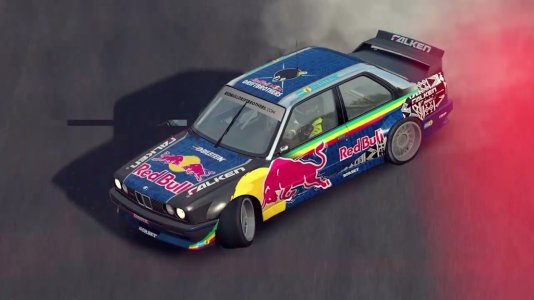Davide Nativo
Premium
The most beautiful car ever made, according to Enzo Ferrari himself, is born anew.
Jaguar Classic, based at Warwickshire, England, has just confirmed that the iconic model from Coventry will be again produced and available for purchase from Summer 2020 in its modern form, the "E-Type Zero". The name pretty much gives it away: the E-Type will now be an Electric Vehicle.
Its new 295 bhp / 220 kW engine will be powered by a 40 kWh battery pack, which roughly equates to 270 km (170 miles approx) of range. The battery, once depleted, can be fully charged in 6 to 7 hours, depending on the power source used.
Both the engine and the battery pack will take their places respectively where the gearbox and the engine were in the original vehicle, meaning that the car will retain exactly the same weight distribution. This is good news for all the existing owners of a "Straight-Six" E-Type willing to convert it to electric drive too, not having in fact to make any changes to the chassis, suspensions or brakes of their car ("Double-Six" E-Types are not yet included in this restomod project at the moment). It also means that the overall handling characteristics of the vehicle will stay basically unchanged, with the Zero featuring just better acceleration though, thanks to the immediate maximum torque delivery response typical of electric engines.
The Zero will be capable of 0 to 62 mph (0-100 km/h) in 5.5''.
Sharing many parts with the I-Pace, the new E-Type features also a sleek Infotainment touchscreen, a carbon fibre dash panel and efficient LEDs headlights, along with more customisations available to choose for the customer.
Pricing has yet to be confirmed, as for eventual limits to the volumes of production.
Like what you see here at RaceDepartment? Don't forget to like, subscribe and follow us on social media!
Do you believe this might open the doors for more vintage and classic vehicles being converted or even produced again in the future as EVs? What's your take on such a project? Can iconic cars have a new place in the future once fitted with modern technologies, or should they always stay true to their original characteristics?
Let us know in the comments below!
Last edited:










